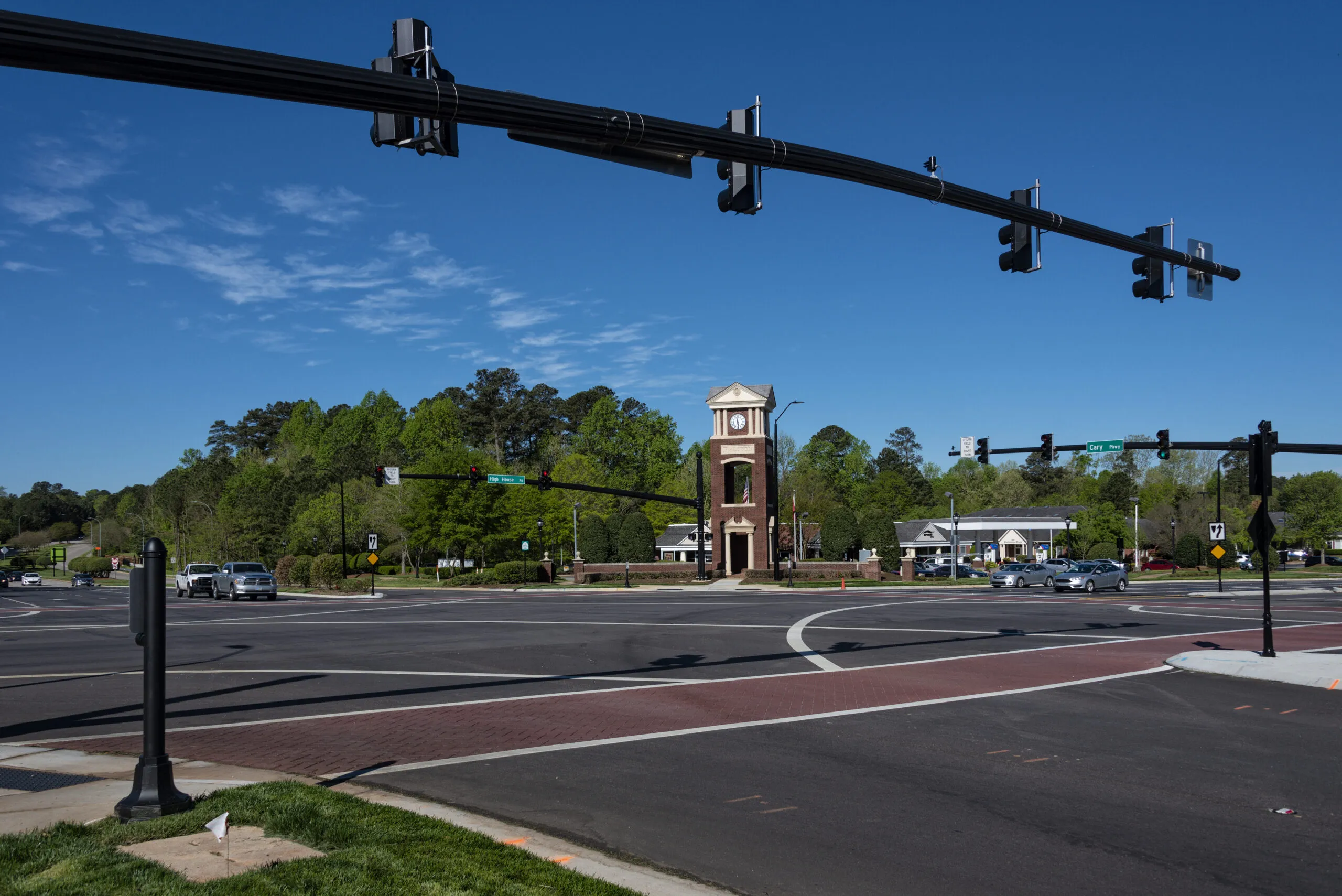The SBC-2400 from Zwiesler Resources is a cost-effective traffic control system based on a single-board controller running 170 software. The integrated set of components for advanced traffic control is comprised of a CPU, power board, conflict monitor unit, traffic cabinet, traffic control software and provision for 12V solar power.
July 19, 2012
Read time: 1 min

The SBC-2400 from Zwiesler Resources is a cost-effective traffic control system based on a single-board controller running 170 software. The integrated set of components for advanced traffic control is comprised of a CPU, power board, conflict monitor unit, traffic cabinet, traffic control software and provision for 12V solar power.
Low in cost and small enough to fit in a 30x30x30cm traffic cabinet, the system is based on the SBC-2400 Controller CPU and one or two SSC power boards to control 12 or 24 signal outputs. The CPU board accommodates eight vehicle detector inputs plus five control inputs. The maximum of 24 SSC board outputs are divided equally between two 20-pin box headers, which also bring +12 VDC into the cabinet to power the logic.
According to the company, the system meets worldwide needs for advanced traffic control in the minimum space; in addition, by being able to utilise available 170 software the system can be used for applications other than intersection control, such as ramp metering, sign control and freeway incident management.
Low in cost and small enough to fit in a 30x30x30cm traffic cabinet, the system is based on the SBC-2400 Controller CPU and one or two SSC power boards to control 12 or 24 signal outputs. The CPU board accommodates eight vehicle detector inputs plus five control inputs. The maximum of 24 SSC board outputs are divided equally between two 20-pin box headers, which also bring +12 VDC into the cabinet to power the logic.
According to the company, the system meets worldwide needs for advanced traffic control in the minimum space; in addition, by being able to utilise available 170 software the system can be used for applications other than intersection control, such as ramp metering, sign control and freeway incident management.








